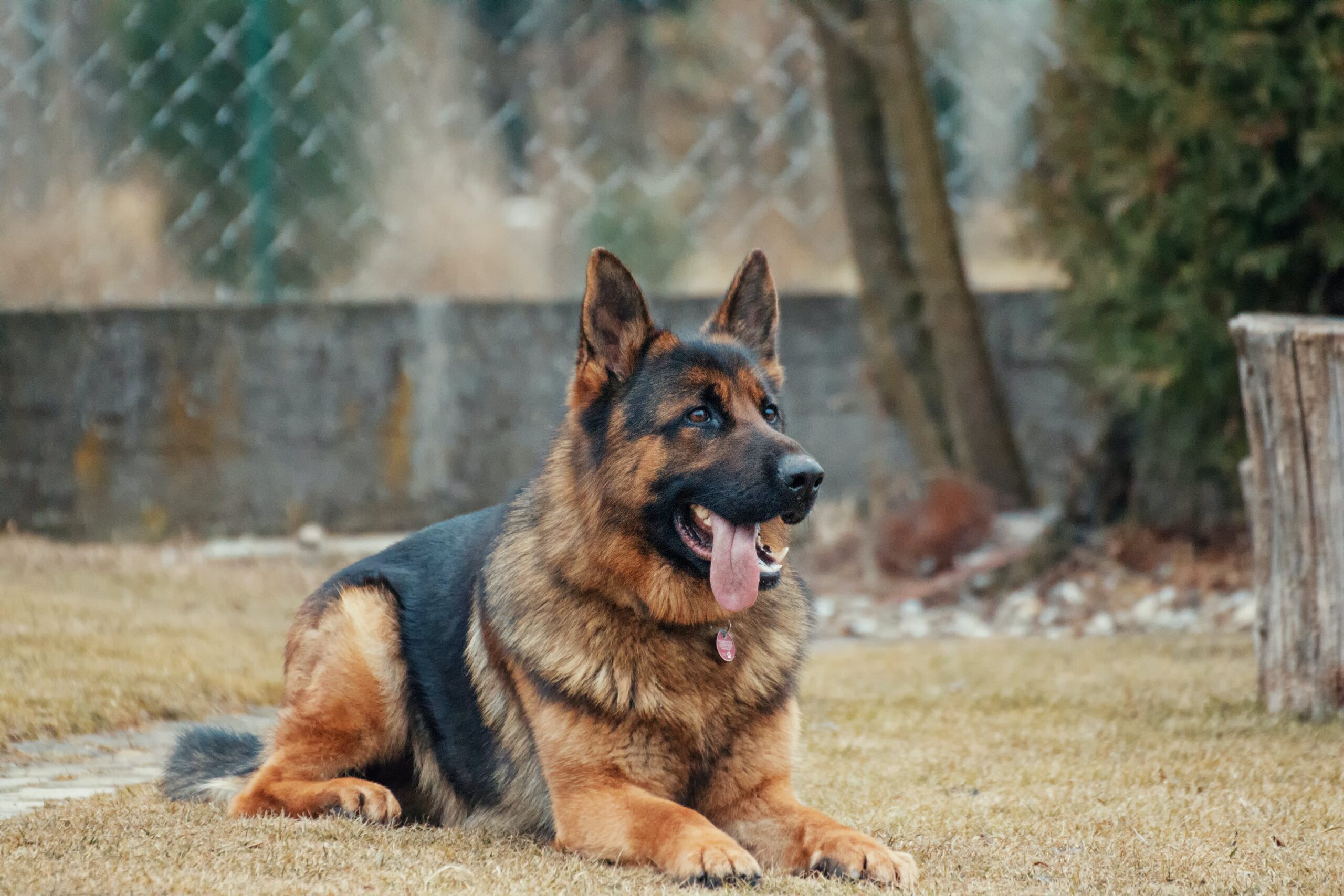Canine Body Language: A Guide to Decoding Your Dog’s Signals

The core of successful dog ownership lies in effective communication—a two-way street that extends beyond teaching commands and comprises understanding our canine companions in return. One key aspect of such comprehension is the ability to decode dogs’ body language, a non-verbal form of communication that offers valuable insights into their emotions, intentions, and needs. At Pup Club Official, our comprehensive dog training, socialisation, and stimulation membership aims to empower you with the knowledge and tools necessary to forge a deeper, more meaningful bond with your dog, based on mutual understanding and empathy.
In this blog post, we will explore the intricacies of canine body language, breaking down the various signals and cues your dog may exhibit. By learning to identify and interpret these physical signs—ranging from the tell-tale wag of their tail to the subtle posture shifts—we’ll help you to strengthen your connection with your pet, ultimately providing a more nurturing and caring environment tailored to their requirements.
Understanding canine body language not only enables us to better meet our dogs’ needs but also teaches us to operate within our pets’ comfort zones, fostering trust, confidence, and security. Moreover, it plays a fundamental role in the ongoing training, socialisation, and stimulation of your dog, ensuring that your pet feels valued, understood, and well cared for.
Join us on this journey towards a more compassionate, empathetic, and responsible approach to dog ownership. With Pup Club Official’s expert guidance and holistic approach to canine care, you’ll be well-equipped to navigate the intricate world of dog communication, paving the way for a lifetime of shared understanding, love, and companionship.
Recognising Key Areas of Body Language
When interpreting canine body language, it is essential to consider various elements as a whole—looking at the eyes, ears, mouth, tail, and overall body posture. By examining these components in unison, we can gain a comprehensive understanding of our dog’s emotions and intentions at any given moment. It’s crucial to remember that context plays an important role in determining the meaning behind certain signals, so bear in mind the specific situation and environment when assessing your dog’s body language.
Understanding Facial Expressions
A dog’s face can provide significant clues as to their emotions and intentions. Paying close attention to their eyes, ears, and mouth can help us decipher these signals:
1. Eyes: Relaxed, almond-shaped eyes indicate a calm, comfortable dog. On the other hand, wide eyes with prominent whites (known as “whale eye”) can signal stress, anxiety, or that the dog may feel threatened. A hard, direct stare may suggest potential aggression or an intent to challenge.
2. Ears: Upright, forward-facing ears typically denote alertness and interest, while ears held back or flattened against the head signal fear, anxiety, or submission.
3. Mouth: A loose, soft mouth with slightly open lips or a gentle pant suggests a relaxed dog. Tightly closed lips or a wrinkled muzzle can indicate discomfort or stress. Bared teeth may be a warning signal or a sign of aggression.
Decoding Tail Wags and Positions
While many people associate wagging tails with happiness, it’s vital to recognise that tail movements can convey a wide range of emotions and intents. The position, speed, and breadth of the wag all play a role in determining the message being conveyed:
1. High, stiff wag: This is often a sign of alertness, arousal, or even potential aggression.
2. Mid-level, broad wag: A relaxed, happy tail indicates a dog is comfortable and enjoying their surroundings or interactions.
3. Low tail or tucked between legs: This can signal fear, uncertainty, or submission.
Evaluating Overall Body Posture
Body posture and weight distribution can provide indispensable insights into a dog’s emotional state. Some common stances and their associated meanings include:
1. Relaxed stance: An even weight distribution with a slightly lowered head, soft facial features, and a wagging tail suggests a calm dog at ease with their environment or interactions.
2. Stiff, tense stance: A dog displaying this stance, often with hackles raised, may be fearful, aggressive, or preparing to defend themselves.
3. Play bow: With the chest down, front legs splayed, and rear end raised, a play bow is a clear invitation to engage in play and signifies a friendly, sociable dog.
4. Submissive posture: A dog laying on their back with their belly exposed is exhibiting vulnerability and submission, communicating that they are not a threat and may wish to avoid confrontation.
Respecting and Addressing Canine Communication
It is our responsibility as dog owners to respect and acknowledge our pets’ signals and adjust our behaviour accordingly. If a dog is displaying signs of fear, anxiety, or discomfort, we should give them space and not force interaction or push them into situations they find distressing. Carefully monitoring and responding to our dogs’ communicative cues plays a crucial role in maintaining a healthy, safe, and respectful relationship.
In some cases, professional support from a qualified canine behaviourist or trainer may be valuable in addressing specific issues, helping your dog overcome anxieties or undesirable behaviours, and promoting balanced communication and interactions.
Conclusion
By learning to decode canine body language, we can create a more loving, compassionate, and supportive environment for our furry friends. Our heightened understanding of their emotions and intentions allows us to meet their needs, foster trust, and nurture the bond between pet and owner.
At Pup Club Official, our comprehensive dog training, socialisation, and stimulation membership is designed to empower you with the knowledge and tools necessary to understand and interact effectively with your canine companion. With our expert guidance, you and your beloved pet can build a thriving, enduring relationship based on mutual understanding, empathy, and respect.